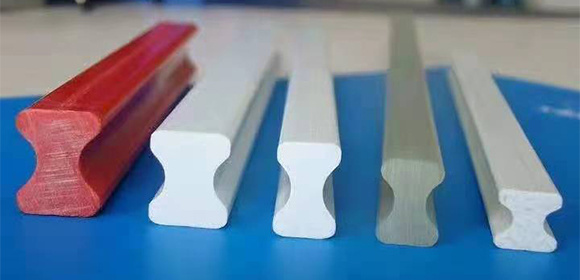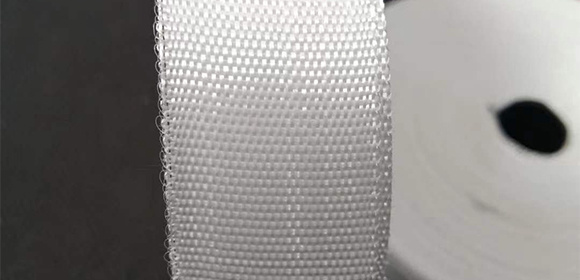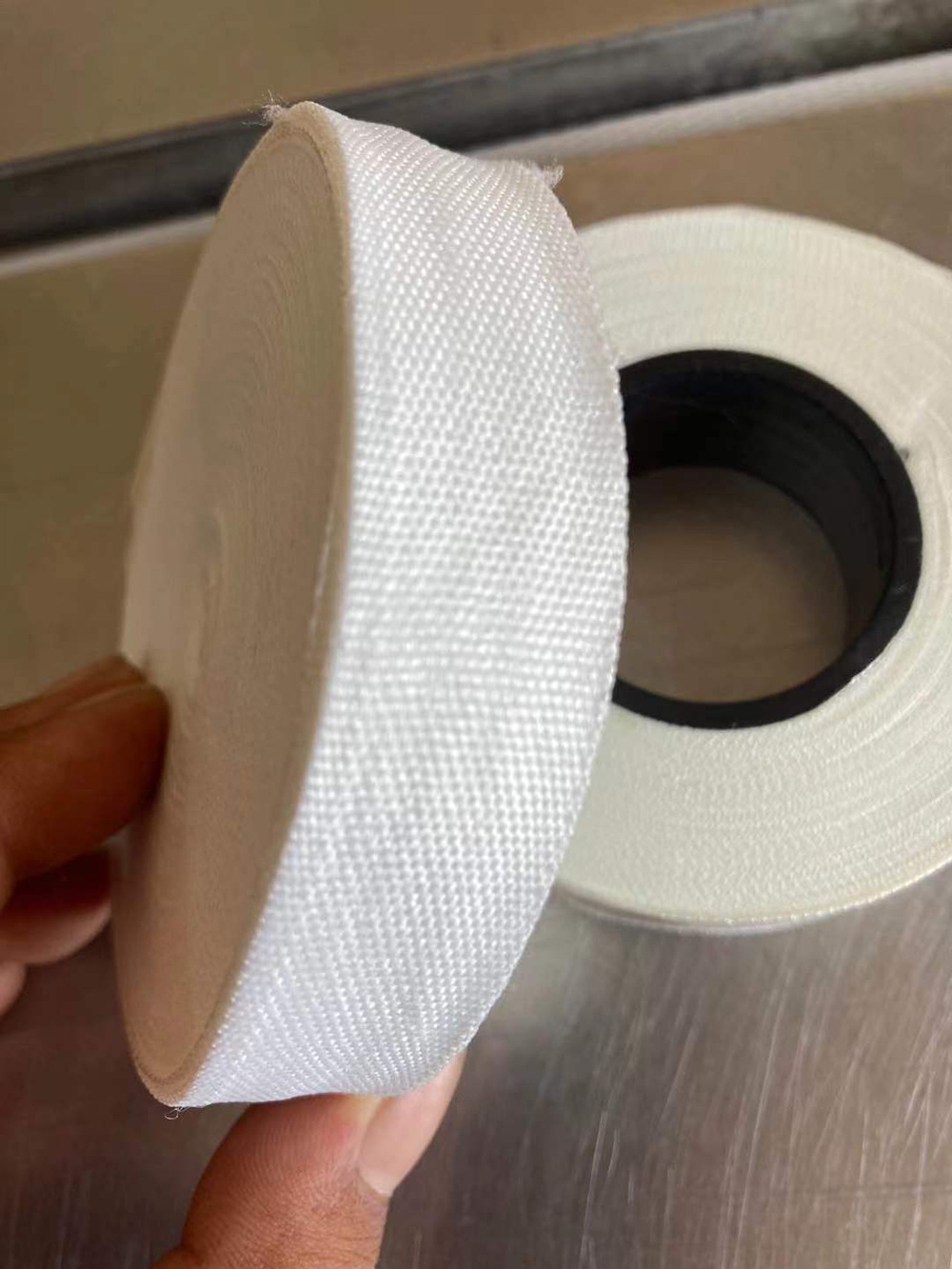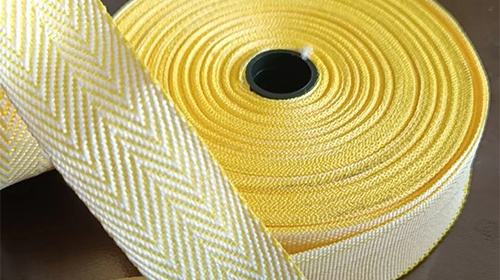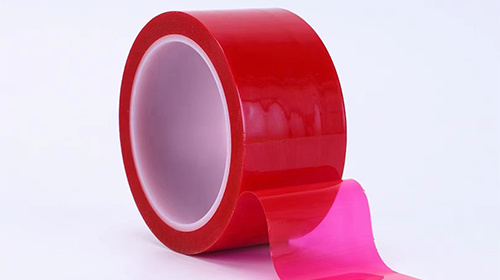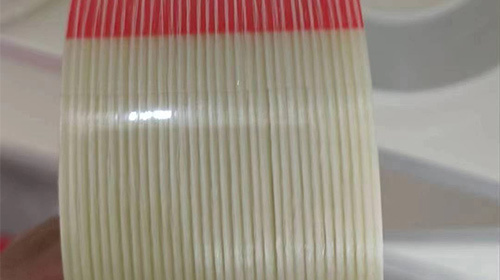The Ultimate Guide to Choosing the Right Fiberglass Tape for Insulation
The Ultimate Guide to Choosing the Right Fiberglass Tape for Insulation
When it comes to insulation in electrical applications, the choice of materials can make a significant difference in performance and safety. One such material that has gained popularity is fiberglass tape. This guide aims to provide you with a complete understanding of fiberglass tape, ensuring you select the right product for your specific insulation needs.
Table of Contents
- What is Fiberglass Tape?
- Types of Fiberglass Tape for Insulation
- Benefits of Using Fiberglass Tape for Insulation
- How to Choose the Right Fiberglass Tape
- Applications of Fiberglass Tape
- Installation Guidelines for Fiberglass Tape
- Maintenance and Care of Fiberglass Tape
- Frequently Asked Questions
- Conclusion
What is Fiberglass Tape?
Fiberglass tape is a type of adhesive tape made from woven fiberglass fibers, designed specifically for insulation purposes. Known for its high tensile strength and heat resistance, this tape is commonly used in various electrical applications, including cable insulation, wrapping, and securing wires and components. The durability and heat-resistant properties of fiberglass tape make it an ideal choice for environments where traditional insulating materials may fail.
Types of Fiberglass Tape for Insulation
Choosing the right fiberglass tape requires an understanding of the different types available. Each type offers unique characteristics suited for specific applications.
1. Electrical Grade Fiberglass Tape
This type of tape is specifically designed for electrical insulation. It has excellent dielectric strength, making it ideal for use in electrical applications, ensuring safe operation and reducing the risk of shorts and failures.
2. High-Temperature Fiberglass Tape
High-temperature fiberglass tape can withstand extreme heat, often rated for temperatures up to 600°F. This is particularly useful in applications where heat is a concern, such as motors, transformers, and other high-heat environments.
3. Self-Adhesive Fiberglass Tape
Self-adhesive fiberglass tape comes with a sticky backing that makes it easy to apply. This type is favored for its convenience and is often used for quick repairs and insulation tasks without requiring additional adhesives.
4. Non-Adhesive Fiberglass Tape
Non-adhesive fiberglass tape is typically used in combination with other adhesives for a more secure application. This option is beneficial for specialized applications where additional bonding strength is required.
Benefits of Using Fiberglass Tape for Insulation
Utilizing fiberglass tape in insulation projects comes with a myriad of benefits. Understanding these can help you appreciate why this material is often the preferred choice for insulation tasks.
1. Excellent Insulation Properties
Fiberglass tape provides exceptional thermal and electrical insulation, which is crucial in preventing energy loss and ensuring safety in electrical systems. Its low thermal conductivity helps maintain desired temperature levels.
2. High Tensile Strength
This tape exhibits remarkable tensile strength, making it resistant to tearing and failure under stress. This quality is essential when securing materials in high-stress situations.
3. Resistance to Chemicals and Moisture
Fiberglass tape is resistant to various chemicals and moisture, making it suitable for use in diverse environments. This resistance extends the lifespan of the tape, ensuring long-term performance.
4. Versatility in Applications
Fiberglass tape can be used in a wide range of applications, from electrical insulation to securing components in high-temperature environments. This versatility makes it a reliable choice for professionals across different industries.
How to Choose the Right Fiberglass Tape
With numerous options available, selecting the right fiberglass tape can be overwhelming. Here are some key factors to consider when making your choice.
Considering Temperature Resistance
The first step in choosing fiberglass tape is understanding the temperature range it needs to withstand. If your application involves high temperatures, opt for high-temperature fiberglass tape. Knowing the operational temperature will guide you in selecting the most suitable tape.
Evaluating Thickness and Width
Consider the thickness and width of the tape you need for your application. Thicker tapes usually provide better insulation and durability but may be less flexible. The width should also match the dimensions of the elements you are insulating or securing.
Understanding Adhesive Options
Evaluate whether you need self-adhesive tape for ease of application or non-adhesive tape for enhanced bonding with additional adhesives. The right adhesive can significantly affect the tape's performance in your specific application.
Applications of Fiberglass Tape
Fiberglass tape finds wide-ranging applications across various industries. Here are some common uses:
1. Electrical Insulation
Its primary use is in electrical insulation, where it ensures safety and effectiveness in preventing electrical shorts and failures.
2. HVAC Systems
Fiberglass tape is often used in HVAC systems for insulating ducts and other components, helping improve system efficiency and performance.
3. Automotive Applications
In the automotive industry, fiberglass tape is utilized for insulating wires and securing components, especially in high-heat areas, enhancing vehicle safety and reliability.
4. Industrial Equipment
Many industrial machines and equipment rely on fiberglass tape for insulation and securing components, ensuring smooth and safe operation in demanding environments.
Installation Guidelines for Fiberglass Tape
Proper installation of fiberglass tape is crucial for achieving optimal performance. Follow these guidelines to ensure effective application:
1. Surface Preparation
Before applying fiberglass tape, ensure that the surface is clean, dry, and free of contaminants. Any dirt or grease can compromise the adhesive's effectiveness.
2. Cut to Size
Measure and cut the tape to the required length. Avoid stretching the tape during application, as this can affect its insulating properties.
3. Apply Even Pressure
When applying the tape, ensure that you press it down evenly to create a strong bond. Pay attention to overlaps if multiple layers are required, ensuring complete coverage.
4. Allow for Cure Time
After application, allow the tape to cure as per the manufacturer's recommendations. This ensures optimal adhesion and performance.
Maintenance and Care of Fiberglass Tape
Maintaining fiberglass tape is important to ensure its longevity and effectiveness. Here are some essential care tips:
1. Regular Inspections
Conduct regular inspections to check for any signs of wear or damage. Early identification of issues can prevent failures in insulation performance.
2. Clean Carefully
If the tape becomes dirty, clean it gently with appropriate cleaners that won’t damage the adhesive or fiberglass material. Avoid using harsh chemicals that could degrade the tape.
3. Replace as Needed
Should you notice any deterioration or reduced performance, replace the tape promptly to maintain insulation integrity and safety.
Frequently Asked Questions
1. What is the maximum temperature rating for fiberglass tape?
Fiberglass tape can typically withstand temperatures ranging from 200°F to 600°F, depending on the specific type of tape you select.
2. Can I use fiberglass tape outdoors?
Yes, many fiberglass tapes are suitable for outdoor use, particularly those resistant to moisture and UV exposure. Always check the manufacturer's specifications.
3. How do I remove fiberglass tape if needed?
To remove fiberglass tape, carefully peel it away from the surface at a low angle to avoid damage. If adhesive residue remains, use an appropriate adhesive remover.
4. Is fiberglass tape reusable?
Generally, fiberglass tape is not designed for reuse. Once removed, it typically loses its adhesive properties and insulation effectiveness.
5. How does fiberglass tape compare to other insulation materials?
Fiberglass tape offers superior heat resistance, tensile strength, and versatility compared to many traditional insulation materials, making it a preferred choice for various applications.
Conclusion
Choosing the right fiberglass tape for insulation requires careful consideration of several factors, including temperature resistance, thickness, width, and adhesive options. By understanding the various types available and their applications, you can make an informed decision that ensures effective insulation and safety in your electrical projects. Proper installation and maintenance will further enhance the performance and longevity of your fiberglass tape, making it a valuable addition to your insulation toolkit. Embrace the benefits of fiberglass tape and elevate your insulation projects to new heights!






